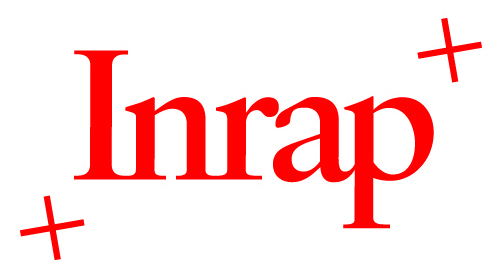Low-Height Aerial and Low-Cost Photogrammetric Recording : a Reliable Method for Preventive Archaeology
Résumé
The technique of photogrammetric survey has seen in recent years some significant progress. It is now possible to calculate three-dimensional models almost fully automatically from digital images. Preventive archaeology often requires exhaustive recording of huge datasets in a limited period. Digital photogrammetry enables to record complex elements in a simple and costless way. The originality of the implemented solution resides in the use of a free and open-source software and in the use of a low-cost hardware for photographic acquisition. The French National Geographic Institute (IGN) has developed a software package dedicated to photogrammetry. This software is free and under open-source license. It is dedicated to scientific use and can generate three-dimensional models similar to those obtained by commercial softwares. The software package is well documented and has an active community of developers and users. Preventives excavations are documented with conventional techniques by topographic surveys, manual drawings and photographs. But when the amount and complexity of the structures make it difficult for a classic recording, then a photogrammetric survey is performed. The objective is to record and document the excavation as quickly as possible. An aerial photogrammetric survey is able to complete or replace a topographic survey and classical drawing operations (stone by stone). Unfortunately, using an UAV (Unmanned Aerial Vehicle) is often unthinkable for security issues, administrative permissions and cost. This is why a pole is used to perform detailed vertical recordings of excavation sites. The pole is initially designed to sound recording. It is equipped with a two axes head permitting to correctly adjust the vertical position of the camera. It has the advantage of being handy and light, allowing the activation of a remote triggering system while holding the pole in position. Point clouds can then be exploited by archaeologists with CloudCompare. It is a free and open-souce software for processing point clouds. It was originally designed to make comparisons between clouds, but now has a whole toolbox. It is main interest arises from it is ability to process large point clouds. Orthophotographs are georeferenced and come with a DTM (Digital Terrain Model) which enables direct measurement of the altitude of the elements through a GIS (Geographic Information System) interface. The GIS software used at INRAP is the free and open-source software QuantumGIS. Orthophotographs are directly integrated into the GIS, in addition to traditional surveying and vectorized manual drawings. This methodology of acquisition and processing is now commonly used at INRAP and more particularly in Corsica. Indeed preventives excavations, in this offshore region, involve some logistical problems. The interest of this methodology is also the use of a completely free and open-source professional software suite and a low-cost hardware. Ultimately, this methodology tends to be used in other regions, when the use of an UAV is not possible.
Origine : Fichiers produits par l'(les) auteur(s)





